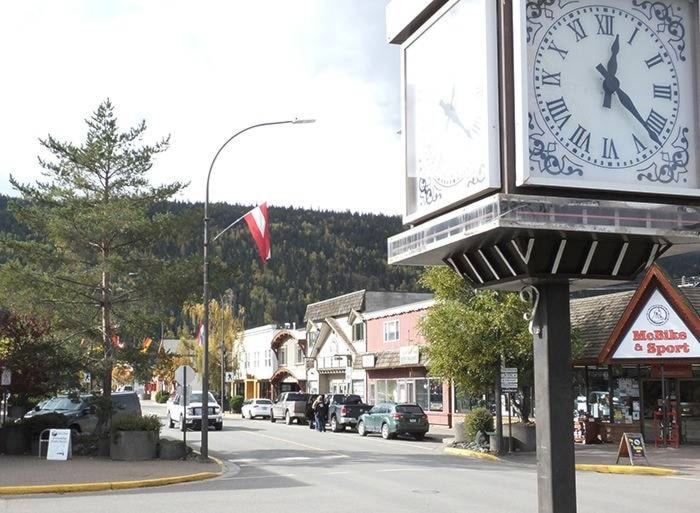The numbers are grim.
In his report to Smithers town council at its July 14 regular meeting, Coun. Lorne Benson presented an email from the Visitor Information Centre noting that in June the centre welcomed 117 parties (171 individuals) compared to 589 parties (1,107 individuals) in 2019.
“As a result of COVID comparing this year to last is pointless, but I thought I would send our numbers to you anyway,” said Susan Bundock, tourism administration, in the email.
She also noted the centre was only open five days a week (168 hours) in June 2020 whereas in June 2019 they were open seven days (266 hours). It is now open seven days a week.
Year-to-date, the total number of visitors was 350 — down from 1,760 at the same time last year — with the bulk coming last month. February and January saw the second and third greatest numbers with 71 and 65 respectively. There were, of course, zero visitors in April when the centre was closed.
Gladys Atrill, Tourism Smithers marketing director, said she expected the numbers to be terrible, but also sees improvement on the horizon, albeit modest.
“As tourism organizations, we’re being given very slow instructions on what to do… we’re only authorized to invite other British Columbians to travel, so we’ve not been given the green light to market across Canada yet, so it’s still pretty slow-moving,” she said. “That being said, there are people travelling, it’s not illegal to travel, people from other parts of Canada are allowed to travel, the borders aren’t closed, it’s just being discouraged.”
The year-to-date statistics indicate the vast majority of visitors who provided their origin, were local residents (106). Other British Columbians represented the second biggest group at 65. There were eight from Alberta, six from the rest of Canada, five from the U.S. or Mexico, seven from Europe and two others. Last year, of the 6,299 people who stopped by the centre, the largest group was Europeans (688), followed by the rest of B.C. (591), local residents (369), Americans/Mexicans (269) and other Canadians (226).
Meanwhile, on July 17, Northern Health reported its first new cases of COVID-19 in nearly six weeks. Two of the three infections were travel-related said Dr. Bonnie Henry, the provincial health officer, with the other still under investigation.
As a resident of the area and deputy mayor, Atrill said she has mixed feelings about the safety of opening up the tourism local tourism industry, but believes it is manageable.
“I’m torn,” she said. “Everyone kind of accepts health first. The protocols, I think, are good, what I’ve seen in our community in terms of the business response. And for the most part public response has been quite good.”
That being said, she noted the economic stakes are high.
“We have to give some opportunity for businesses to run or we’re going to see business failures,” she said. “I think there will be business failures anyway, but the fewer the better. We can’t afford to lose lots of businesses in our community and our region.”
Atrill cited the track record of the resumption of the tree-planting season — which, so far, has not produced any outbreaks of COVID infection — as cause for optimism that tourism can work as well.
“The resident sentiment survey for here indicates people are fairly welcoming in terms of regional and British Columbians and a little more concerned about people coming across the border, but I think if we’re able as a community and as a broader community to ensure that we can have people travelling and that people are still staying healthy then people will feel a bit better about it,” she said.
“I think if we’re all on our game we can get through this.”
